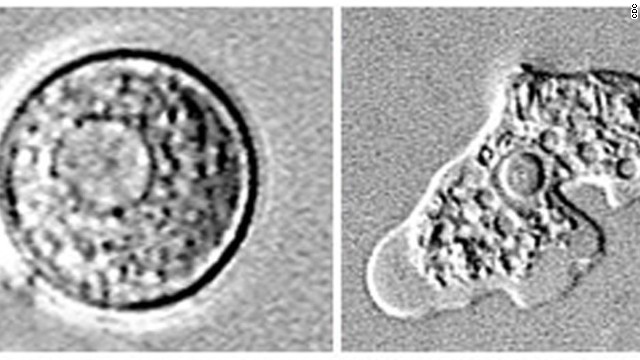
University College London researchers found just 51% of the 6,500 children achieved the recommended hour of physical activity each day.
Half of all UK seven-year-old do not do enough exercise, with girls far less active than boys, a study suggests.
University College London researchers found just 51% of the 6,500 children they monitored achieved the recommended hour of physical activity each day.
For girls, the figure was just 38%, compared with 63% for boys.
Half of the group also spent more than six hours being sedentary each day, although some of this would be spent in class, the researchers acknowledged.
The study, published in the online journal BMJ Open, found levels of activity varied among groups.
For example, children of Indian origin and those living in Northern Ireland were among the least physically active with 43% achieving the recommended levels, compared to 53% in Scotland.
But the most marked difference was between girls and boys.
Researchers said this suggested there needed to be a focus on making sport and other activities more attractive to girls.
Prof Carol Dezateux, one of the lead authors, said: “There is a big yawning gap between girls and boys. We need to really think about how we are reaching out to girls.
“The school playground is an important starting point. Often you will find it dominated by boys playing football.”
But she said there should still be concern about the activity levels across the board.
“The findings are particularly worrying because seven-year-olds are likely to become less active as they get older, not more.”
To achieve the one hour recommendation children have to take part in moderate or vigorous activity, which includes everything from brisk walking and cycling to playing football and running.
The UCL research is not the first to suggest children are not active enough, but most previous studies have relied on self-reporting by children or parents estimating levels of exercise, whereas the latest one involved real-time monitoring.
During the study, which took place during 2008 and 2009, youngsters wore an accelerometer to measure exercise levels which was attached to an elastic belt around their waist. It was removed only when bathing or when the children went to bed.
In total, the experts were able to record more than 36,000 days of data based on the children wearing the accelerometer for at least 10 hours a day over the course of a week.
Dr John Middleton, of the Faculty of Public Health, said more research was needed into why certain groups were less active.
“We need our children to grow up to be fit and healthy adults, not just because it’s what any civilised society would want for its children, but it’s also best for our economy too,” he added.
Dr Ann Hoskins, of Public Health England, agreed.
She said: “This study highlights that there is still much to do to keep children and young people active as they grow older, especially girls.
“The new school year is the perfect time to make healthy changes, swapping short car or bus journeys with walking or scooting to school.”





